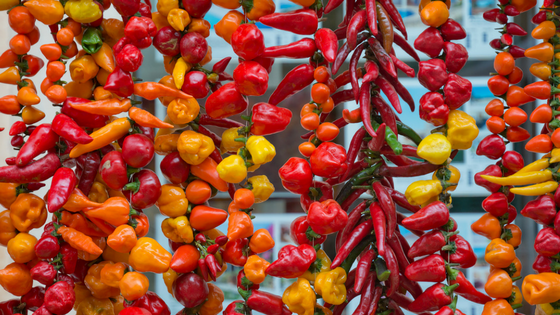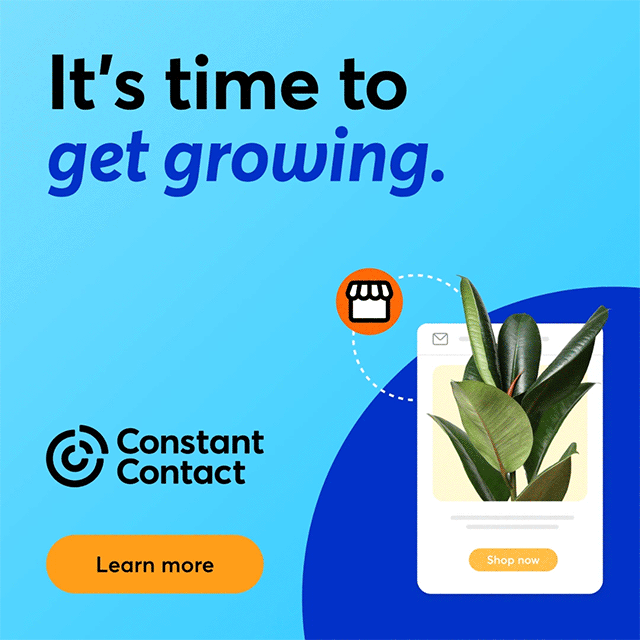The internet is more driven by images than ever before and this trend is only getting more pronounced. Image-based platforms such as Instagram and Pinterest are challenging older social media sites while Facebook and Twitter themselves contain more visual content than ever. This means the best way to reach your audience is to master a compelling visual style. Let's explore some of the best techniques for creating visuals for social media.
Identify Content That Brings Results
 While the idea that it's best to create visuals that bring the best results is fairly obvious, it's important to recognize the criteria for this. The internet is full of funny, clever, and even viral memes and images. Many of these are entertaining but don't necessarily help you, as a business, promote yourself or your products or services. For example, behind-the-scenes photos are very popular as they make your audience feel special. What you're seeking is not simply views or even shares (though these are nice, of course) but engagement with your brand and, ultimately, conversions. To create visual content that helps you convert, it's essential to make your images targeted, relevant and appropriate for the platform you're using.
While the idea that it's best to create visuals that bring the best results is fairly obvious, it's important to recognize the criteria for this. The internet is full of funny, clever, and even viral memes and images. Many of these are entertaining but don't necessarily help you, as a business, promote yourself or your products or services. For example, behind-the-scenes photos are very popular as they make your audience feel special. What you're seeking is not simply views or even shares (though these are nice, of course) but engagement with your brand and, ultimately, conversions. To create visual content that helps you convert, it's essential to make your images targeted, relevant and appropriate for the platform you're using.
Creating the Ideal Images for Different Platforms
While visuals are popular throughout social media, it doesn't mean the same image will work equally well everywhere. Each platform has its own requirements, quirks, and user preferences.
- Facebook - Research indicates that visual content is 40x more likely to be shared on Facebook than non-visual content. Some of the best image formats for Facebook include infographics, contest banners, and animated GIFs. Remember, Facebook users see images all day long, many of them boring stock photos. Differentiate yourself by creating custom photos and images that stand out. Custom illustrations are an example of images that can help you be unique. And you can rely on illustration services to get these visuals for your Facebook page or any other social media site.
- Twitter - Although Twitter wasn't created as a visual platform, it's certainly evolved in that direction. The trick here is to combine a short tweet with an appealing image. Although you have 140 characters, it's often best to make your tweets even shorter, especially when the goal is to highlight the image and create a tweet people can retweet.
- Instagram - The meteoric rise of Instagram over the last few years is itself evidence of visuals rising in popularity. Until recently, Instagram, after all, is almost completely image-based. To succeed on this platform, it's important to develop a unique style and to post frequently. Inspirational quotes work very well on Instagram, as do photos highlighting company culture. Another approach is to display photos of actual products you're selling. Flat lays, where the product is resting on a flat surface and you shoot it from above work well on Instagram. And, using visuals in Instagram Stories is highly recommended
- Pinterest - Like Instagram, Pinterest is specifically a visual platform. Pinterest is now integrated with eCommerce services like Shopify, making it an ideal place to display product images. However, it's also good for other types of images, including exceptional photos and inspirational photos and quotes. Remember that you pin images to boards, so always target your images to followers of a specific board. If you have multiple themes, it's easy enough to create more boards.
- LinkedIn - The leading B2B social network, LinkedIn is often considered a mainly text-based platform. There remain many opportunities to showcase visuals here, though. Remember to convey a professional image as you're reaching out to business people. It's better, for example, to publish quality head shots rather than the more casual kind popular on Facebook. LinkedIn owns Slideshare, so slideshows are easy to integrate into your posts. Business-related infographics also work well on LinkedIn.
These are some guidelines for creating a visual strategy for different social media sites. It's crucial, however, to identify the sites and visuals that work best for your own business. Some businesses, for example, get more out of Facebook while others do better on Pinterest or Instagram. It's also essential to track your results and find out what type of images your audience responds best to.
For help integrating images into the most effective inbound and social media marketing campaigns, contact us.








